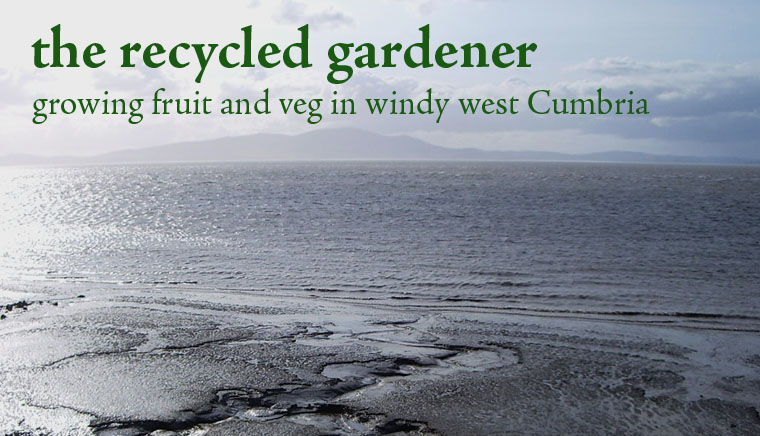For those of you interested in statistics here's a breakdown of my successes and failures.
Potatoes - lower yields than expected due to very strong winds which damaged the haulms and then a lack of rainfall at critical times.
Onions - excellent crop. I have still have half a sack of good onions to get through.
Leeks - not as good as previous years and quite a few bolted.
Brassicas - cabbage, caulies, swedes and turnips did well. Later plantings of borecole and kale suffered damage from strong winds.
Peas/beans - good crops early on but the autumn winds put paid to later sowings.
Roots - excellent parsnips, mediocre carrots, good beetroot.
Salads - most are grown in containers and I always have a continuous supply of lettuce, spring onions and radishes.
Greenhouse - Not as good as previous due to a lack of summer sunlight although a good October did manage to ripen most of the peppers. One cucumber plant (La Diva) gave me seventeen lovely fruits although I lost several other plants which just seemed to give up the ghost. As for tomatoes, the old favourites Roma and Alicante did better than the new varieties I tried although that's hardly conclusive as I don't think 2011 was a good year for toms.
I do grow other veggies but the above are the staples of our household.
Soft fruits - bumper crops of blackcurrants, gooseberries, strawberries and raspberries so I made lots of jam and gave loads away in return for fresh eggs and the odd fruit pie.
Tree fruits - apples, pears and plums a disaster although the cherry tree gave me over 6kg and I left the rest for the birds.
So, all-in-all, not too bad considering. It seems that if one crop fails another succeeds so the moral is: don't put all your vegetables in one basket!
As for next year, well, I'll just take it as it comes. I will be trying new varieties of most things as well as growing some old favourites. Gardening is one long experiment for me. I'm not interested in growing show-stopping vegetables just high quality food for my family and I can only do this by trying every possible cultivation technique and as many varieties as possible to find what works best.
To gardeners and growers everywhere I wish you all a productive season and may the weather smile on us.....just for once.




















































